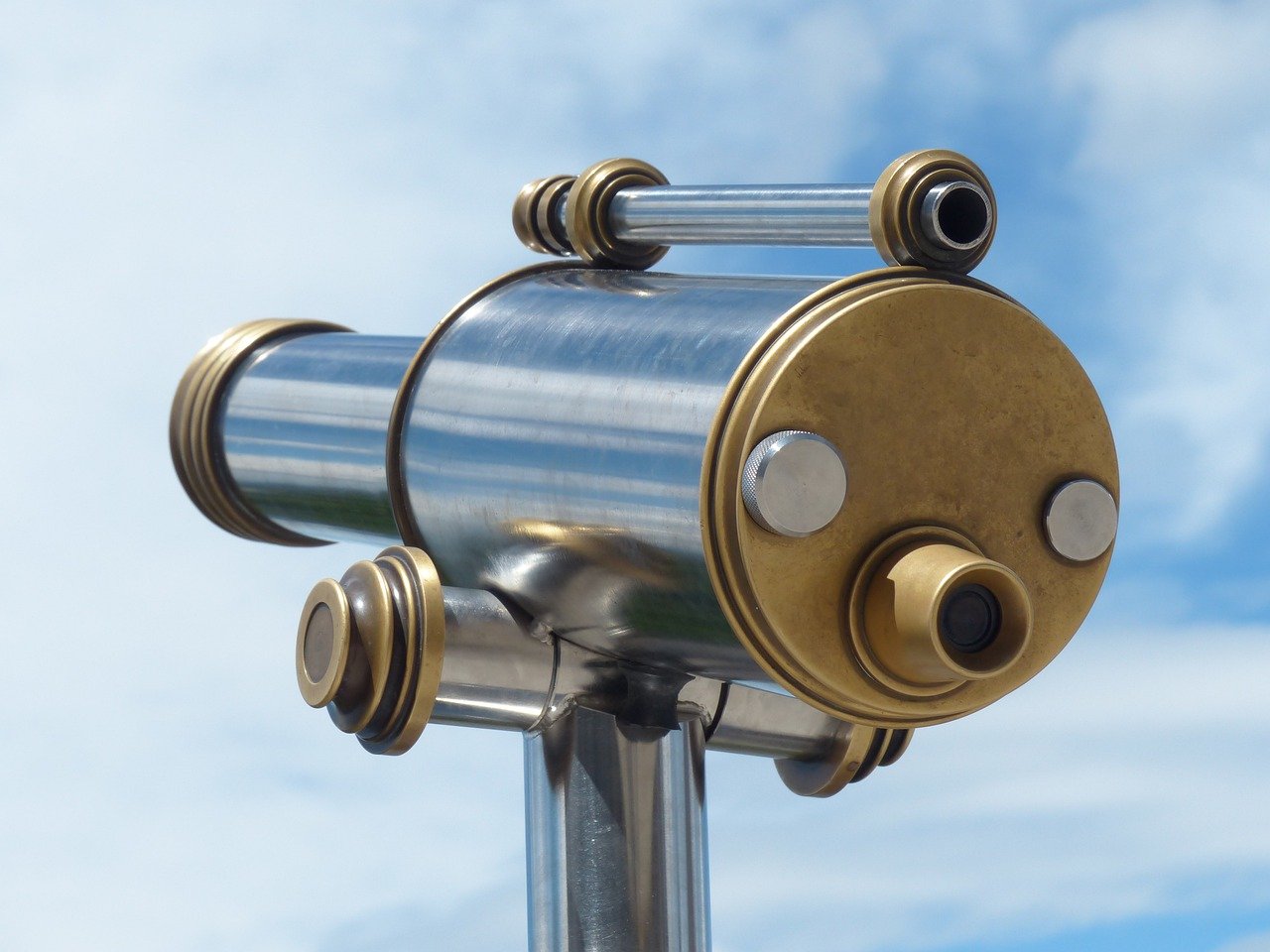How to Choose the Right Telescope

Do you want to be able to see the rings of Saturn or the craters on the moon? If you do, then you need a telescope. Telescopes allow us to view objects that are far away in space. But, with so many different telescopes on the market, how do you choose the right one for you? There are best telescopes under $200, others over $1000, and others that cost much more than that. In this blog post, we will discuss some things to consider when purchasing a telescope. So, whether a beginner or an experienced astronomer, read on for tips on choosing the right telescope.
Aperture
The first thing to consider when choosing a telescope is the aperture or diameter of the main optic (lens or mirror). This is important because it determines how much light the telescope can gather and how much detail you will be able to see. You can see fainter objects and more detail in those objects if the aperture is greater. A telescope with an aperture of 100mm or larger will typically be the best option for most people. This will allow you to see most of the objects in the sky, including galaxies, nebulae, and star clusters. If you want to get the most bang for your buck, look for a telescope with an aperture of at least 130mm.

Magnification
The amount of detail you can see in an object through your telescope is directly related to the telescope’s magnification or power. The higher the magnification, the more powerful the telescope. But it’s not that simple. Magnification is also affected by the telescope’s aperture or the diameter of its main lens or mirror. The aperture of a telescope determines how much light it can collect and how good an image it will produce.
Focal Length and Eyepieces
To understand how to choose the right telescope, you first need to understand a bit about focal length and eyepieces. The focal length is the distance from the main lens or mirror (called the objective) to the point where an image comes into focus. A wider field of view and lower magnification are produced by shorter focal lengths, while a narrower field of view and higher magnification are produced by longer focal lengths. The eyepiece is the lens you look through to see the image the telescope is producing. The size of the eyepiece (measured in millimeters) will determine the amount of magnification that you get. For example, if you have a telescope with a focal length of 1000mm and you use an eyepiece with a focal length of 25mm, you will get a magnification of 40x (1000mm / 25mm). Choosing the right combination of focal length and eyepiece will allow you to get the best possible view of whatever you’re looking at, whether it’s the moon, a planet, or a distant star.
When choosing a telescope, it is important to consider what you want to use the telescope for. A smaller telescope may be best for you if you are just starting out. If you are looking for something more advanced, many different types of telescopes can choose from. Have you decided which type of telescope is right for you?



